Afficheur LCD et guidage par menu
-
Stelos 800 L
Stelos: Consignes de sécurité – à lire avant utilisation | Environnement Stelos: Mise à jour du micrologiciel Stelos: Interface utilisateur | Affichages | Fonctions | Manutention Stelos: Données techniques Stelos: Télécommande et déclenchement du flash Stelos: Alimentation électrique | batterie Stelos: Entretien | Réparation | Garantie Stelos: Accessoires et pièces de rechange Messages d'erreur
-
Satos
Consignes de sécurité – à lire avant utilisation | Environnement Firmware Update Satos Interface utilisateur | Affichages | Fonctions | Manutention Données techniques Télécommande et déclenchement du flash Alimentation électrique | batterie Entretien | Réparation | Consommables | Pièces de rechange | Garantie Accessoires Station de charge pour 4 batteries enfichables
- Pulso L
-
Siros S
Consignes de sécurité – à lire avant utilisation | Environnement Firmware update Siros S Interface utilisateur | Affichages | Fonctions | Manutention Données techniques Télécommande et déclenchement du flash Alimentation électrique Entretien | Réparation | Consommables | Pièces de rechange | Garantie Accessoires
-
Siros L
Consignes de sécurité – à lire avant utilisation | Environnement Firmware Update Siros L Interface utilisateur | Affichages | Fonctions | Manutention Données techniques Télécommande et déclenchement du flash Alimentation électrique | batterie Entretien | Réparation | Consommables | Pièces de rechange Accessoires
- Scoro E + S
- Move 1200 L
- RSF 2.2
- RFS 2.1
-
RFS 3
Consignes de sécurité – à lire avant utilisation | Environnement Contenu de la livraison et éléments de commande Interface utilisateur | Affichages | Fonctions | Manutention Mise à jour du firmware RFS 3 Compatibilité Données techniques Entretien | Réparation | Consommables | Pièces de rechange | Garantie Résolution des problèmes
- Pulso G, Unilite et Picolite
- LED F160
- Scope D50
- Compatibilité ( Torche <-> Modeleur de lumière | Torche <-> Générateur)
- Localisez votre distributeur ou revendeur
-
 Stelos 800 L
Stelos 800 L
-
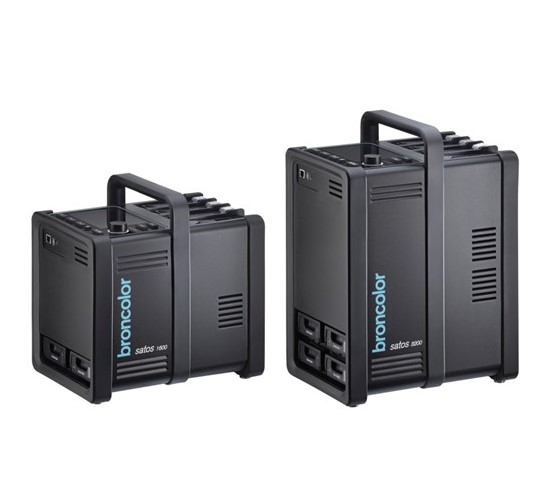 Satos
Satos
-
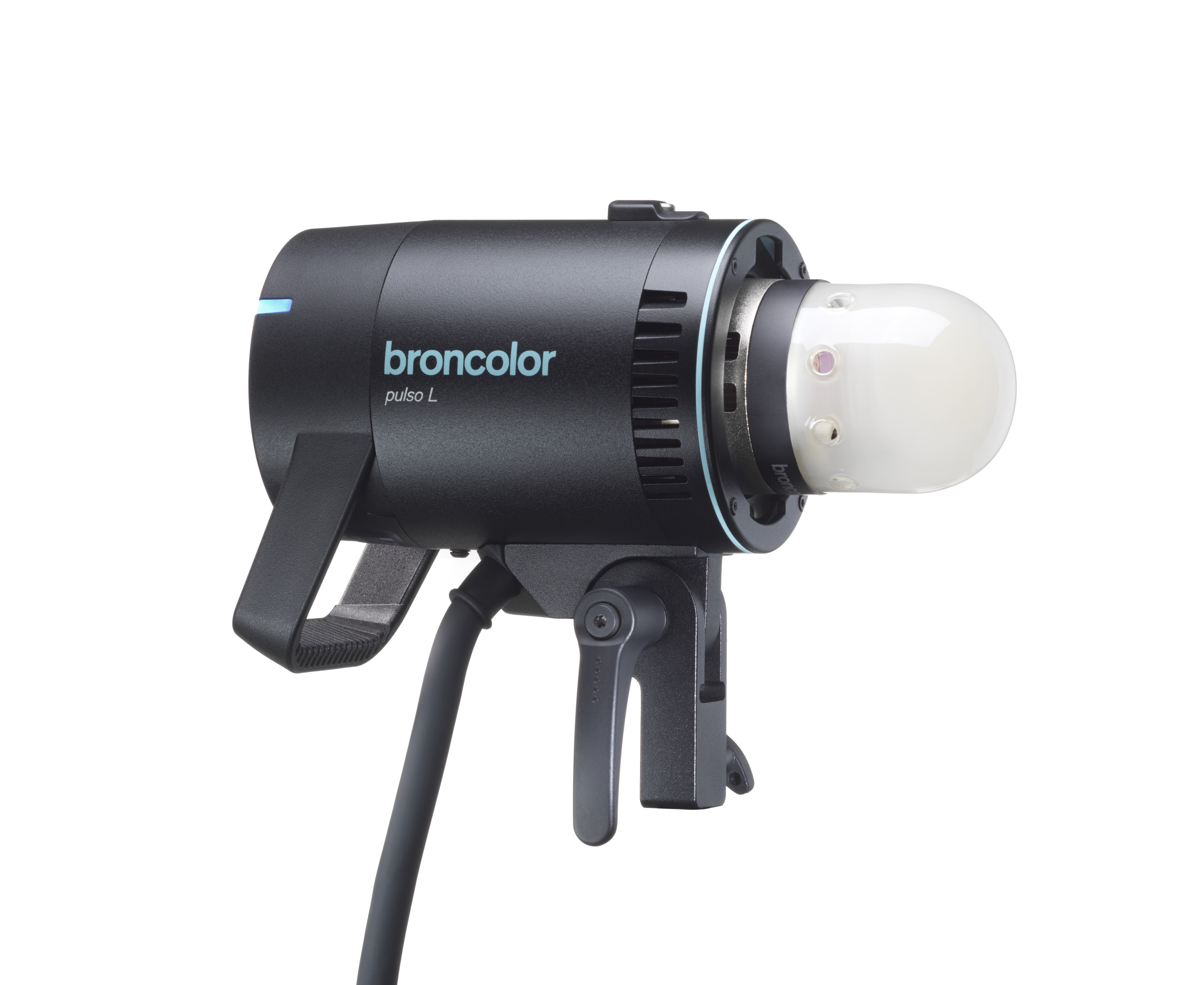 Pulso L
Pulso L
-
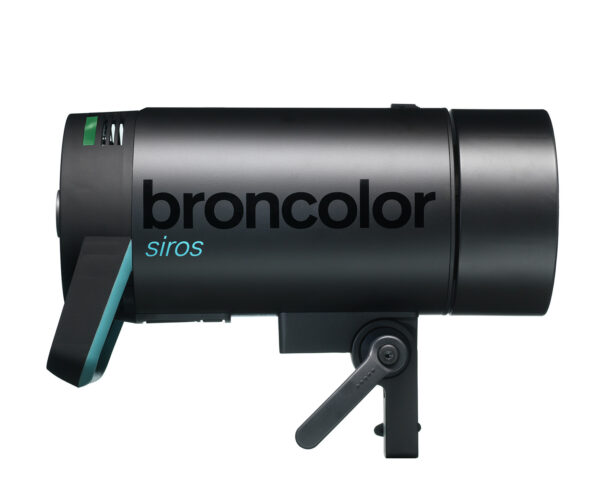 Siros S
Siros S
-
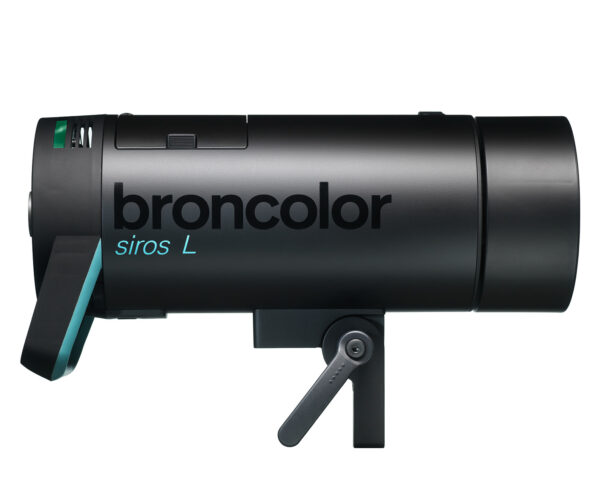 Siros L
Siros L
-
 Scoro E + S
Scoro E + S
-
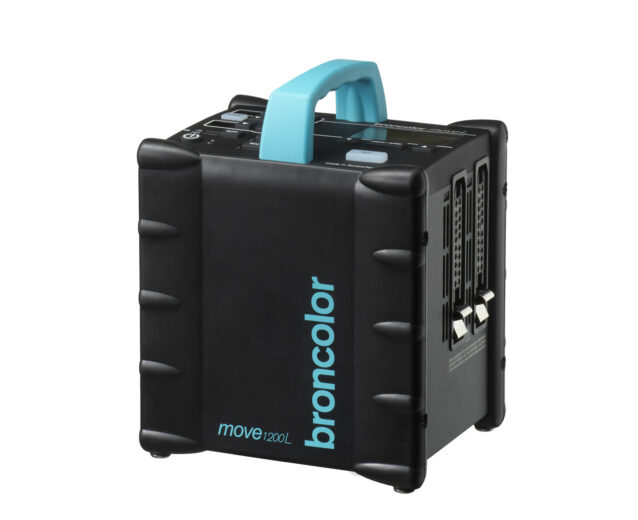 Move 1200 L
Move 1200 L
-
 RSF 2.2
RSF 2.2
-
 RFS 2.1
RFS 2.1
-
 RFS 3
RFS 3
-
 Pulso G, Unilite et Picolite
Pulso G, Unilite et Picolite
-
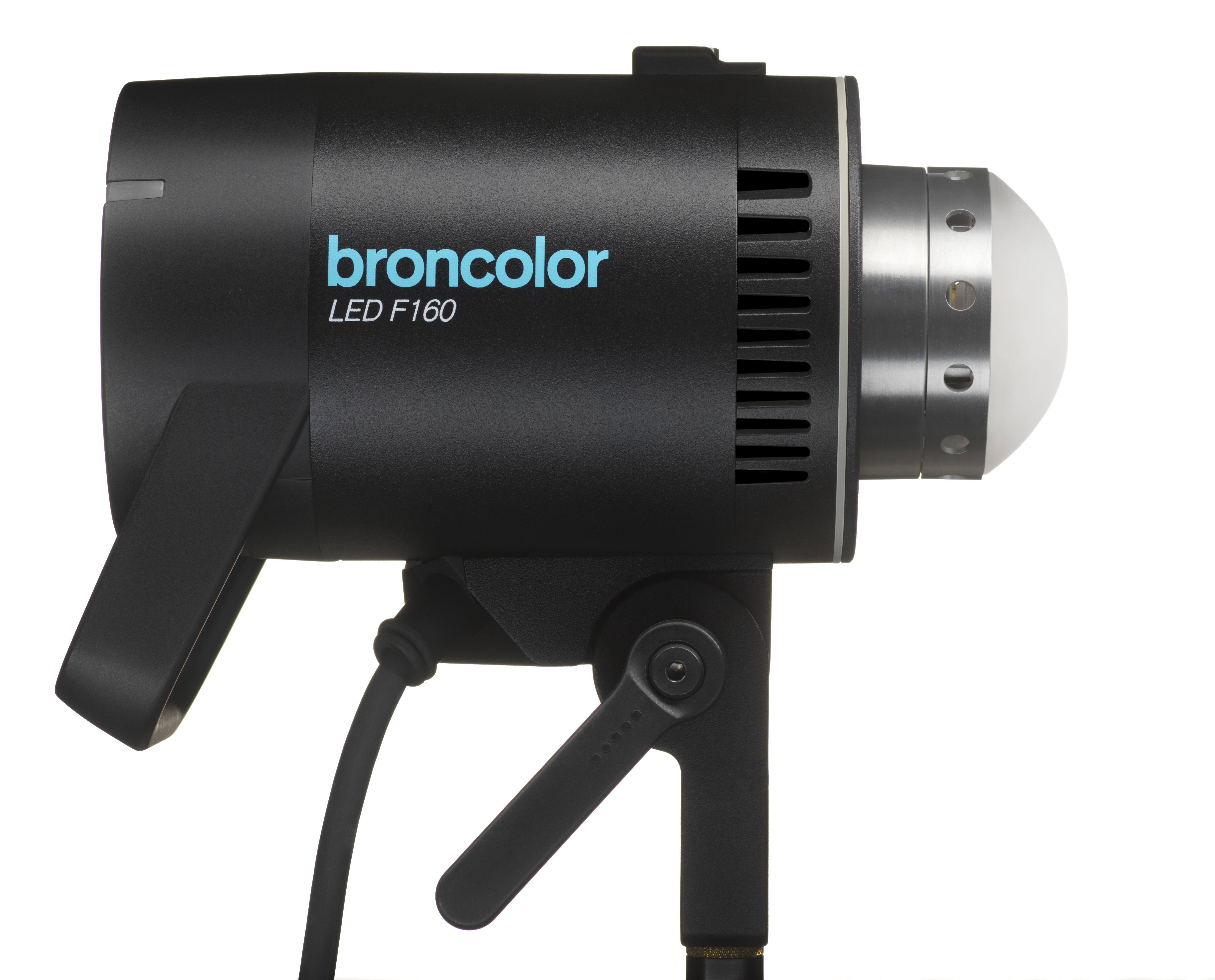 LED F160
LED F160
-
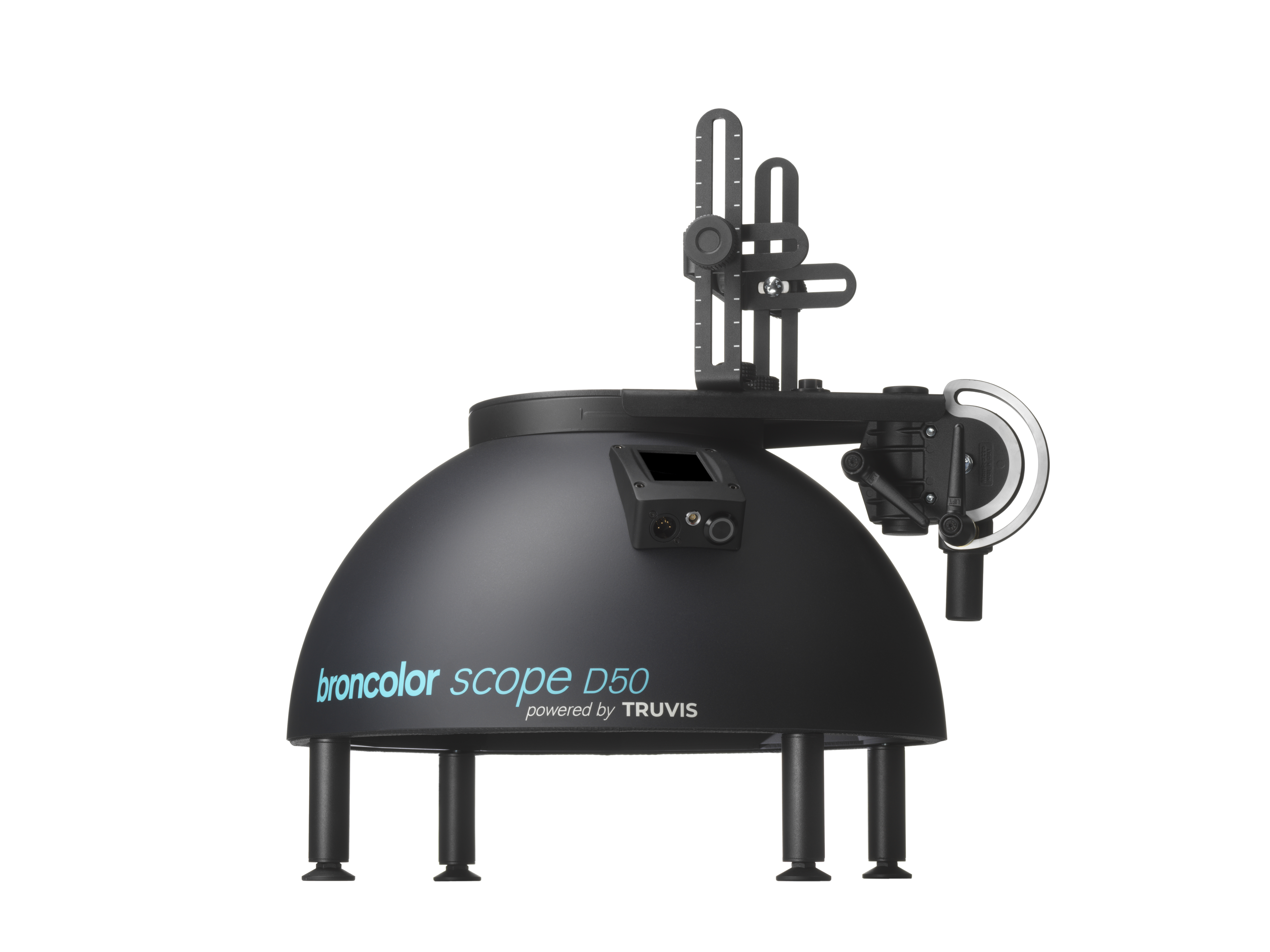 Scope D50
Scope D50
-
Compatibilité ( Torche <-> Modeleur de lumière | Torche <-> Générateur)
-
Localisez votre distributeur ou revendeur
Le grand afficheur LCD est une nouveauté. Il permet d’activer autant de réglages uniquement par pression de quelques touches. L’afficheur est un outil majeur, c’est pourquoi il est indispensable de s’initier au guidage par menu.
Le niveau d’éclairage du panneau d’affichage peut être géré manuellement ou automatiquement. En mode automatique, il s’adapte à la clarté de son environnement. Pour en savoir plus, consultez les fonctions de réglage dans le chap. 14.20 "Luminosité touche".

Guidage par menu des touches de l’afficheur LC D
Dès la mise en marche, des informations sur l’appareil et l’utilisateur s’affichent pendant 5 secondes. Puis l’appareil se met automatiquement en mode normal de fonctionnement. La durée de flash (t 01) est affichée en permanence. L’affichage de sa valeur est actualisé en tenant compte des variations de celle-ci ainsi que des modifications de la température de couleur.
Lorsque les fonctions "Retard" (dél), "Séquence (séq), "Intervalle" (int), Alterner (alt) ainsi que les adresses studio et appareil du générateur sont activées, la fonction correspondante est représentée sur l’afficheur principal. Les fonctions indiquées sur l’afficheur donnent un aperçu des fonctions auxiliaires activées, les plus importantes du générateur.
Le menu principal peut être activé avec la touche "menu" (22). Sur le bord inférieur de l’afficheur apparaît en même temps un guide d’utilisation, avec des touches de sélection (21 et 22), chacune affectées de fonctions (" /
/ ", "+/-", "select", "select.", "quitter", "aide"). Le retour en mode normal s’effectue à l’aide de la touche "menu" (22). Les valeurs préréglées s’affichent près du bord supérieur de l’écran LCD.
", "+/-", "select", "select.", "quitter", "aide"). Le retour en mode normal s’effectue à l’aide de la touche "menu" (22). Les valeurs préréglées s’affichent près du bord supérieur de l’écran LCD.
A l’aide des touches " /
/ " on peut sélectionner la fonction souhaitée et confirmer son choix avec la touche "select". La fonction sélectionnée est visualisée par un rectangle avec le texte à l’intérieur. Après sélection de la fonction choisie, on est guidé vers le deuxième niveau. Là apparaissent les différentes options de cette fonction, qui peuvent être sélectionnées avec les touches "
" on peut sélectionner la fonction souhaitée et confirmer son choix avec la touche "select". La fonction sélectionnée est visualisée par un rectangle avec le texte à l’intérieur. Après sélection de la fonction choisie, on est guidé vers le deuxième niveau. Là apparaissent les différentes options de cette fonction, qui peuvent être sélectionnées avec les touches " /
/ ",ou "-/+". Les réglages mémorisés sont toujours représentés encadrés sur la ligne supérieure. La fonction sur laquelle se trouve le curseur, est représentée par un rectangle. Seule une nouvelle pression de la touche de sélection "select" permet de confirmer le réglage. La touche "quitter", ou "menu" (22) renvoi à des niveaux supérieurs dans le menu. Il est ainsi possible de quitter un sous-menu sans conserver le réglage que l’on vient de faire.
",ou "-/+". Les réglages mémorisés sont toujours représentés encadrés sur la ligne supérieure. La fonction sur laquelle se trouve le curseur, est représentée par un rectangle. Seule une nouvelle pression de la touche de sélection "select" permet de confirmer le réglage. La touche "quitter", ou "menu" (22) renvoi à des niveaux supérieurs dans le menu. Il est ainsi possible de quitter un sous-menu sans conserver le réglage que l’on vient de faire.

Fonction "aide"
Avec la touche "aide", un texte adapté à chaque réglage apparaît. C’est une courte description
pratique de la fonction sélectionnée. Le retour au menu principal s’effectue avec la touche "menu"
(22).
